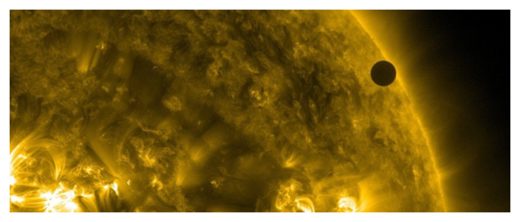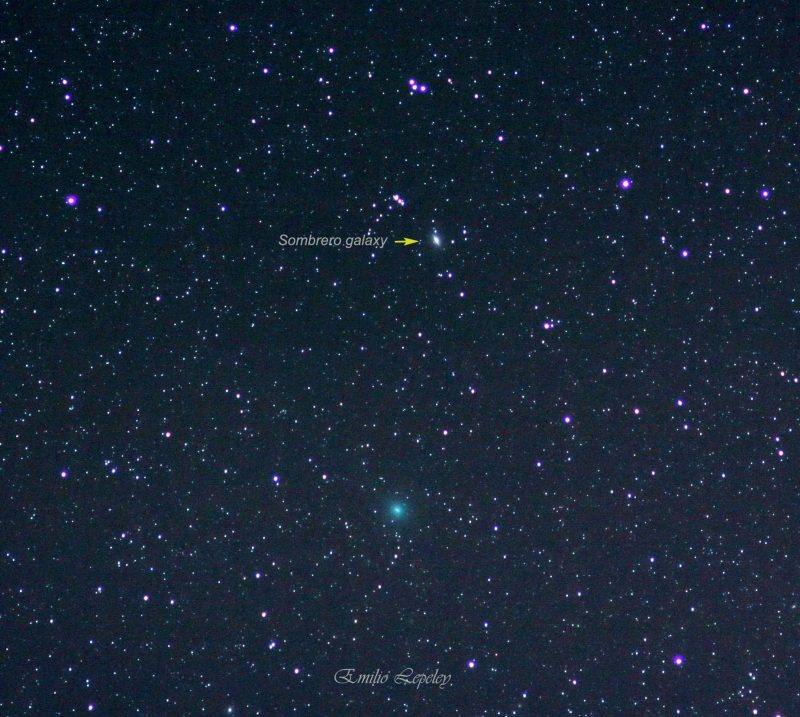
© NASA/SDO/AIAVenus transiting the Sun.
We've been gazing out at the Solar System for a very long time, and by now we know, more or less, where things go. Sun, planets, asteroid belt, more planets, then millions more asteroids (we're not really sure how many).
Maybe another planet. OK, so it's a little tricky.
But a new discovery has hinted that maybe there could be more asteroids in the "Sun, planets" section. Perhaps even loads more.It's called 2019 AQ3 - an asteroid whose tight elliptical orbit is nearly always closer to the Sun than Venus, and even dips closer than Mercury. It takes just 165 days to orbit the Sun - the shortest year ever seen in a Solar System asteroid. (A Venusian year is 225 days; a Mercurian year is 88.)
"We have found an extraordinary object whose orbit barely strays beyond Venus's orbit - that's a big deal,"
said astronomer Quanzhi Ye of the Infrared Processing and Analysis Center (
IPAC) at Caltech.
"There might be many more undiscovered asteroids out there like it."
Ye first spotted the object on 4 January 2019 in data from the Zwicky Transient Facility (
ZTF), an automated sky survey project run out of Caltech's Palomar Observatory. It wasn't long before its unusual nature became clear to other astronomers, and multiple telescopes were deployed to study it on January 6 and 7.
In addition, the archives of the Pan-STARRS 1 telescope at the Haleakalā Observatory in Hawai'i turned out to contain previously unnoticed evidence of the asteroid, dating back to 2015.

Comment: In December 2018 a meteor fireball lit up San Francisco Bay Area leaving a glowing 'dragon' trail.